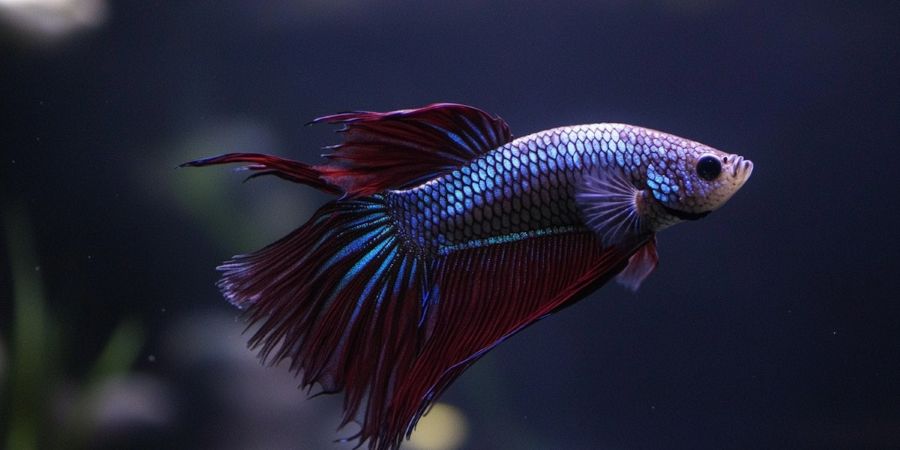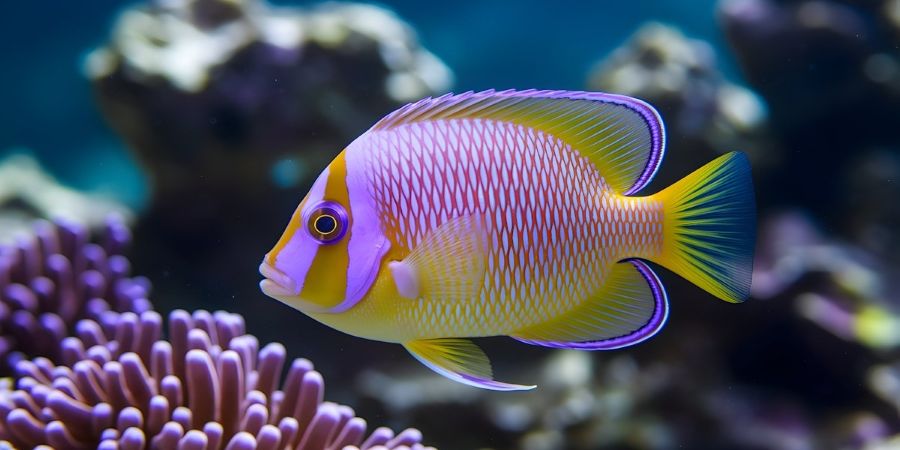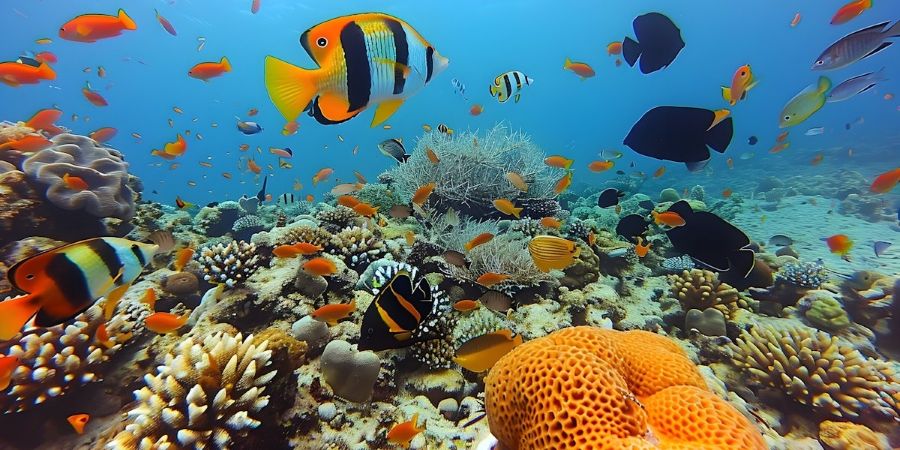- Summary
- Objectives
- Status
- Project Publications
Fresh-water aquatic ecosystems, especially rivers are the most threatened biome globally. Rivers and their biodiversity and ecosystem services are relatively under-valued and neglected, exposed to pollution, habitat degradation and over-exploitation. The few remaining free-flowing rivers and streams are under serious threat of transformations such as upstream abstraction to meet human demands especially for irrigation and their flow regimes are altered by hydro-power dams and reservoir operations. Unsustainable fishing practices (electro-fishing, dynamiting, poisoning) have replaced traditional practices and this poses severe threats to many species of economic and ecological value. Knowledge gaps about the conservation status of riverine biodiversity; taxonomic uncertainty; spawning sites and lack of stakeholder participation makes conserving freshwater biodiversity a difficult enterprise.
However, recent success in community co-managed Fish Conservation Zones (FCZ) in the Indo-Burma hotspot not only provides an alternate approach to conserve fish and fish habitat, it also provides sustainable livelihood opportunities to local fisher communities. FCZ regulations typically designate an area in the community’s local waterways that will be closed to all fishing. These community co-managed protected areas generally have large support among local people, who recognize the value of preserving fish populations for their future generations to harvest. FCZs can particularly benefit fish populations if they protect habitat that is important for fish spawning.
This project seeked to establish community-based FCZs and build upon existing experience of hydrologists and fishery biologists and aquatic ecologists to define ecological flow regimes and include it in the management of FCZs. The project was implemented in two states Meghalaya and Manipur, within the Eastern Himalayan hotspot.
1 . Generate baseline data on aquatic biodiversity and estimate ecological flow regimes for two rivers covering a stretch of about 35 km.
2. Demarcate fish conservation zones in two rivers.
3. Build capacity of villages, community members, researchers, and civil society organisations to aid conservation efforts, by building their knowledge on fish taxonomy, biology and hydrology.
4. Replicate community-based fish conservation zones in freshwater ecosystems.
FERAL implemented the project in Manipur, while ATREE, Bengaluru focussed on Meghalaya.
- A stretch of 2.4 km along the Tuivang River in Manipur was declared as community managed Fish Conservation Zone (FCZ) by the Khengjang and Yangoulen villages to increase fish stocks and protect their habitat.
- A series of consultative meetings with local communities and village chiefs prior to the formation of the conservation zone were held to agree on the stretch of the river to be set aside free of fishing, on the role played by the community in monitoring and the rules and regulations for managing the FCZ.
- The village council members and chiefs of neighbouring villages also participated in public events and were made aware of the steps and process of establishing and managing FCZs.
- Reduced fishing pressures from the two project villages and their surrounding villages was seen, which was an expected outcome.
- Additionally, the establishment of the FCZ restricted sand and stone quarrying to areas outside and downstream of the FCZ. This unexpected positive impact has not only helped in ensuring that the habitat for fish within the FCZ is not destroyed, it has also ensured that the two villages continue to receive clean fresh water for their domestic needs. Local residents reported that the river is less polluted and cleanliness has improved since the establishment of the FCZ; a few of them also reported increase in fish abundance.
- We surveyed 10 km of the river to assess the health and status in the dry season. Biodiversity and hydrological monitoring of the river were undertaken as part of the monitoring and also to develop ecological low regime for the Tuivang River.
- A mobile application was developed to record fish species and which was used to opportunistically document fish in the river and also those sold in local markets.
- Due to the pandemic restriction on travel and meetings, an online hydrology workshop for researchers, grassroot organisations and interested public was conducted along with the project partners.
- The project has documented the presence of 22 species of fish in the Tuivang River, 17 of them have been recorded within the FCZ. One species, Clarias magur, is endangered; Rasbora ornatus, is vulnerable; and two species, Syncrossus berdmorei and Ompok pabda, are near threatened as per the IUCN redlist.
- Baseline data on river health, aquatic diversity and stream flow has been generated for adaptive management and scientific monitoring of the FCZ.



